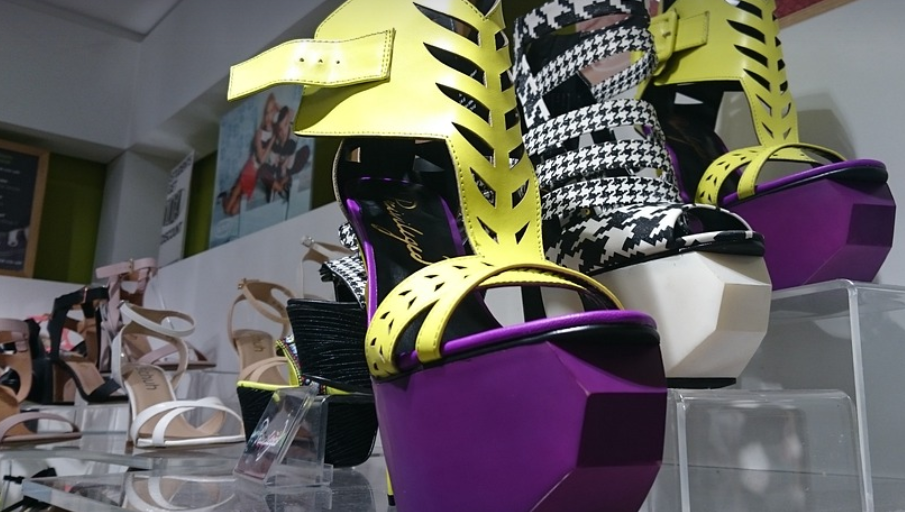The Long Journey, The Rough Gear
Imagine yourself sitting upon a sturdy wagon, traversing across vast landscapes of the American West. You’re hitching your wagon to oxen pulling it across the country, carrying everything you have from home – dreams and hopes, clothes for survival, and precious family memories. You’re on the Oregon Trail – a journey fraught with hardship and uncertainty, but also brimming with adventure. The clothing choices of those brave pioneers were as essential as their rations, reflecting practicalities in a world far removed from today’s comforts. The vastness of the American West demanded functionality over fashion. Clothing for men, women, and children on the Oregon Trail was not merely about looking good; it was about staying warm, dry, and protected. The clothes these pioneers wore spoke volumes about their lives – from their struggles to their resilience. Their attire wasn’t just about shielding them from harsh elements, but also about creating a sense of community and shared purpose.
Women: The Heart of the Home
For women on the Oregon Trail, preparing for life in the wild was paramount. Their clothing choices reflected this need for practicality. Imagine a woman working long hours, traveling with her family through scorching summers and biting winters. She needed layers to protect against the elements. A sturdy shirt or blouse made from durable canvas or linen provided warmth and protection against dust and exposure. This fabric, often heavy cotton or coarse wool, was chosen not just for its practicality, but also for its ability to be worn for years and withstand wear and tear. Women’s skirts, a staple on the trail, could range from long, flowing dresses to shorter, practical styles. The length of the skirt often depended on the terrain they were traveling – in hotter regions, shorter skirts allowed greater airflow to combat the sweat, while longer skirts helped shield against bugs and dust. Their hats, too, were vital for protection: wide-brimmed straw or cloth hats shielded their faces from the sun, preventing sunburn and keeping them cool.
The Importance of Practicality
Their boots were not just a fashion statement; they were an essential part of their survival on the trail. Leather shoes provided support and insulation, making long journeys more manageable and comfortable. These sturdy footwear was vital in navigating rough terrain and protecting feet against the elements – from scorching days to freezing nights.
Men: The Backbone of the Journey
For men, practicality reigned supreme. They needed clothes that could withstand the harsh conditions of the trail. Imagine a man working on the wagon, hauling heavy loads while facing unpredictable weather. He’d need durable clothing to keep him going. Men’s trousers were often made from heavier fabrics like wool or canvas. The fabric was chosen for its ability to hold up under the demanding tasks of hauling and carrying supplies. A shirt, typically cotton or linen, provided essential warmth during the day, while a flannel undershirt offered extra protection against cold nights. Hats, too, became an integral part of their attire. A wide-brimmed hat not only protected from the sun but also helped keep his head warm in colder climates.
The Significance of Footwear
Boots were essential for men as well. Leather boots provided a stable base and protection from rough terrain and weather. These sturdy footwear allowed them to navigate difficult trails, from rocky paths to muddy swamps. This practicality was vital for their survival on the journey.
Children: The Future Builders
Children on the Oregon Trail were often clad in practical outfits, designed to keep them warm and comfortable during long stretches of travel. Their clothing choices reflected this need for functionality. A sturdy shirt made from durable cotton or linen offered protection against dirt and dust, while a wool sweater provided warmth in cooler climates. Shorts and dresses became their go-to choice for ease of movement and comfort, allowing children to explore their surroundings and engage with the world around them. Their hats were equally important as they protected them from harsh elements: wide-brimmed straw or cloth hats kept the sun at bay and ensured a safe journey for them. These hats offered protection against the sun’s glare while also keeping them cool in the summer heat.
The Legacy of the Oregon Trail
The clothing worn by pioneers on the Oregon Trail offers us a glimpse into their lives, their struggles, and their resilience. Their rugged outfits tell stories of hardship, determination, and a deep spirit of adventure that resonates even today. It’s a reminder that fashion doesn’t always mean comfort or style; sometimes it means survival and adaptation in the face of the unknown.
The Oregon Trail remains a testament to the human spirit’s ability to endure and adapt, leaving behind a legacy that continues to inspire us today.
Looking at clothing worn by pioneers on the Oregon Trail allows us to appreciate their courage and resourcefulness. It’s a reminder of how our ancestors tackled challenges with ingenuity and determination, paving the way for future generations.
